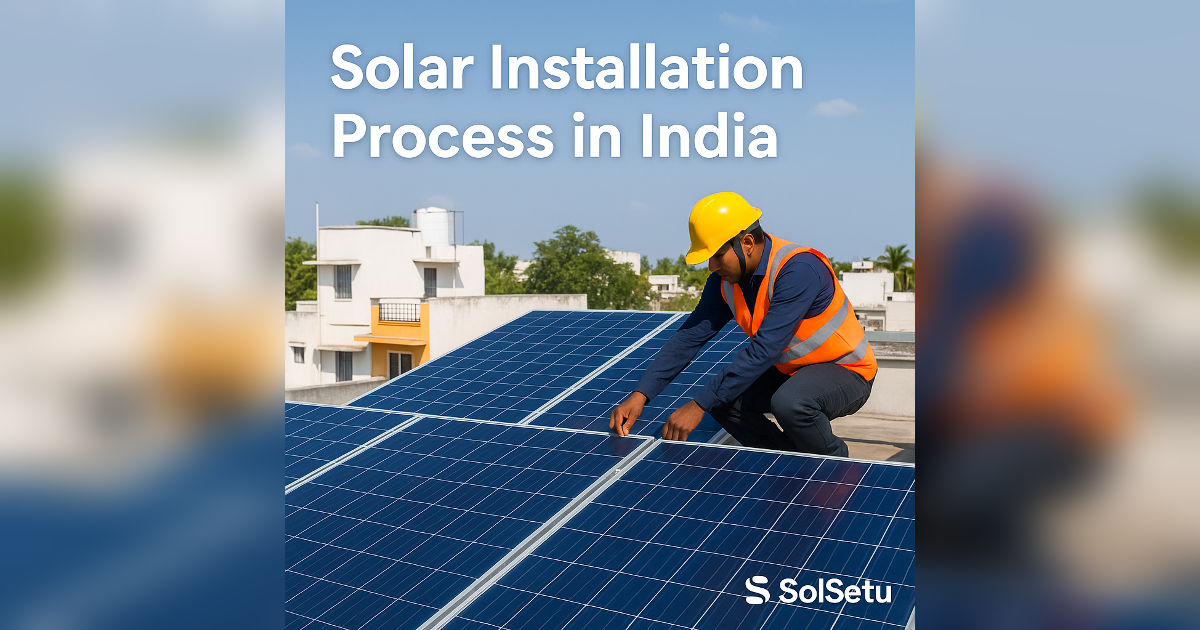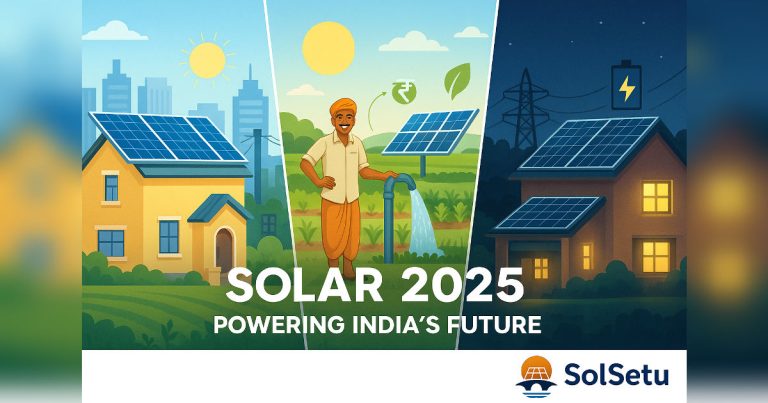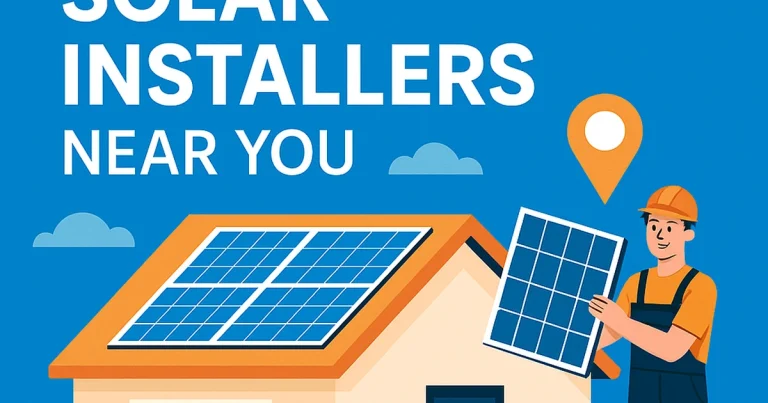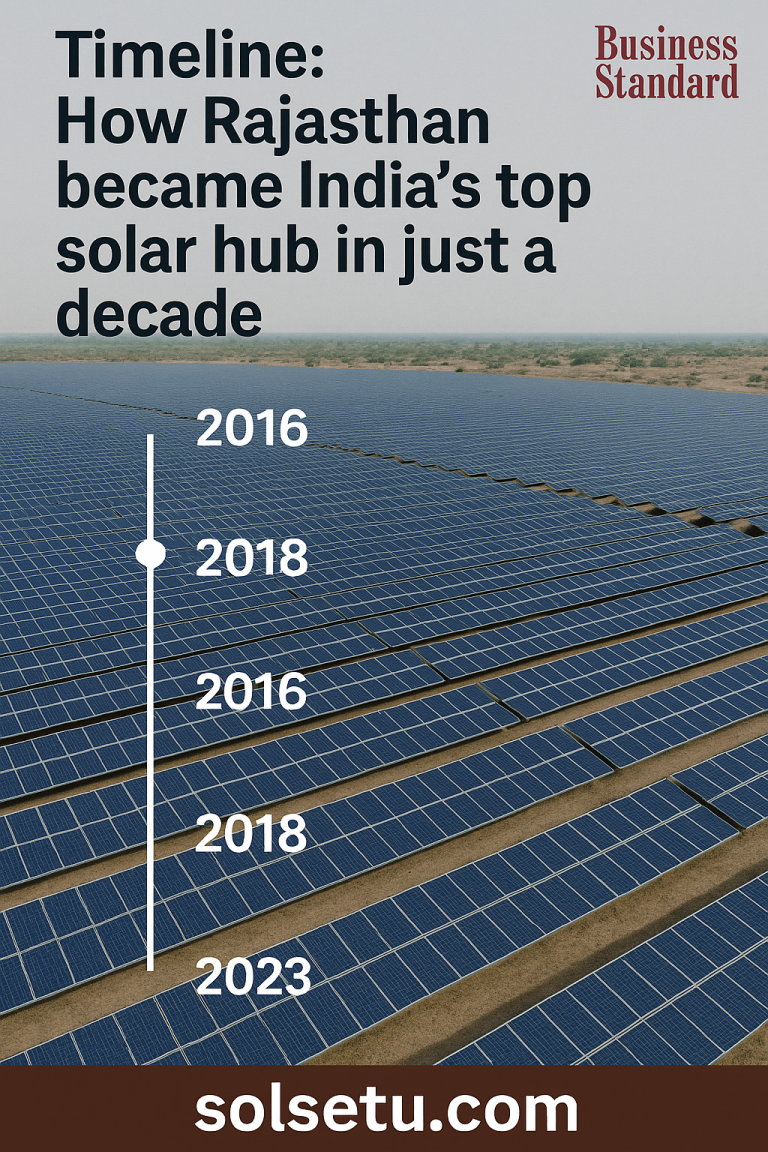Solar Installation Process in India: Step-by-Step Guide for Homeowners
Solar Installation Process in India: Step-by-Step Guide for Homeowners
Published by: SolSetu News Desk |

India’s solar revolution is gaining momentum, driven by government schemes like PM Surya Ghar Muft Bijli Yojana. If you’re planning to install a rooftop solar system at your home or business, understanding the installation process can help you save time and avoid common delays.
1. Site Survey and Feasibility Study
The process begins with a site survey conducted by an authorized solar vendor. They assess rooftop area, direction, shading, and load requirements. Based on this, they determine the ideal system capacity and suggest an on-grid or hybrid setup.
2. System Design and Quotation
After the survey, the vendor provides a customized solar design and quotation. The design includes panel placement, inverter type, and energy output estimates. Transparent costing ensures you can compare multiple vendors before finalizing.
3. Government Approval and Subsidy Application
Under the PM Surya Ghar Yojana, homeowners can apply for subsidy through their DISCOM portal. Vendors help with the documentation and upload necessary forms for approval. This step ensures eligibility for subsidy up to ₹78,000 depending on capacity.
4. Installation of Solar Panels and Equipment
Once approved, installation begins. It typically includes:
- Mounting structure setup
- Panel installation and alignment
- Inverter and AC/DC wiring
- Earthing and safety connections
The average rooftop solar installation for a 3 kW system takes 2–3 days.
5. Inspection and Net Metering
Post-installation, the DISCOM conducts a technical inspection. Once approved, a net meter is installed to record both import and export of electricity. This enables you to get credit for excess solar power sent to the grid.
6. System Activation and Monitoring
After meter installation, your system goes live. Most modern inverters come with mobile apps for real-time monitoring of power generation, consumption, and grid export.
7. Maintenance and Performance Tracking
Solar systems require minimal maintenance — mainly cleaning panels and occasional performance checks. A well-maintained system can operate efficiently for over 25 years.
Benefits of Going Solar
- Save up to ₹1 lakh per year on electricity bills
- Get up to 40% government subsidy
- Increase your property value
- Contribute to India’s clean energy mission
Conclusion
Installing a solar system in India has never been easier. With clear government guidelines, digital portals, and platforms like SolSetu helping you connect with verified vendors, you can make a smooth transition to solar energy while enjoying financial and environmental benefits.






